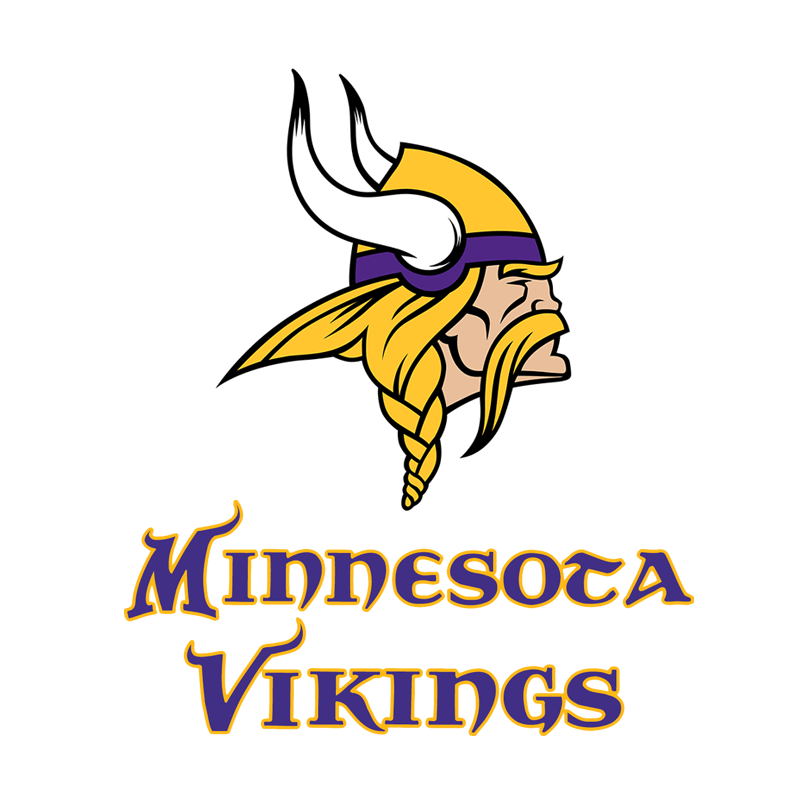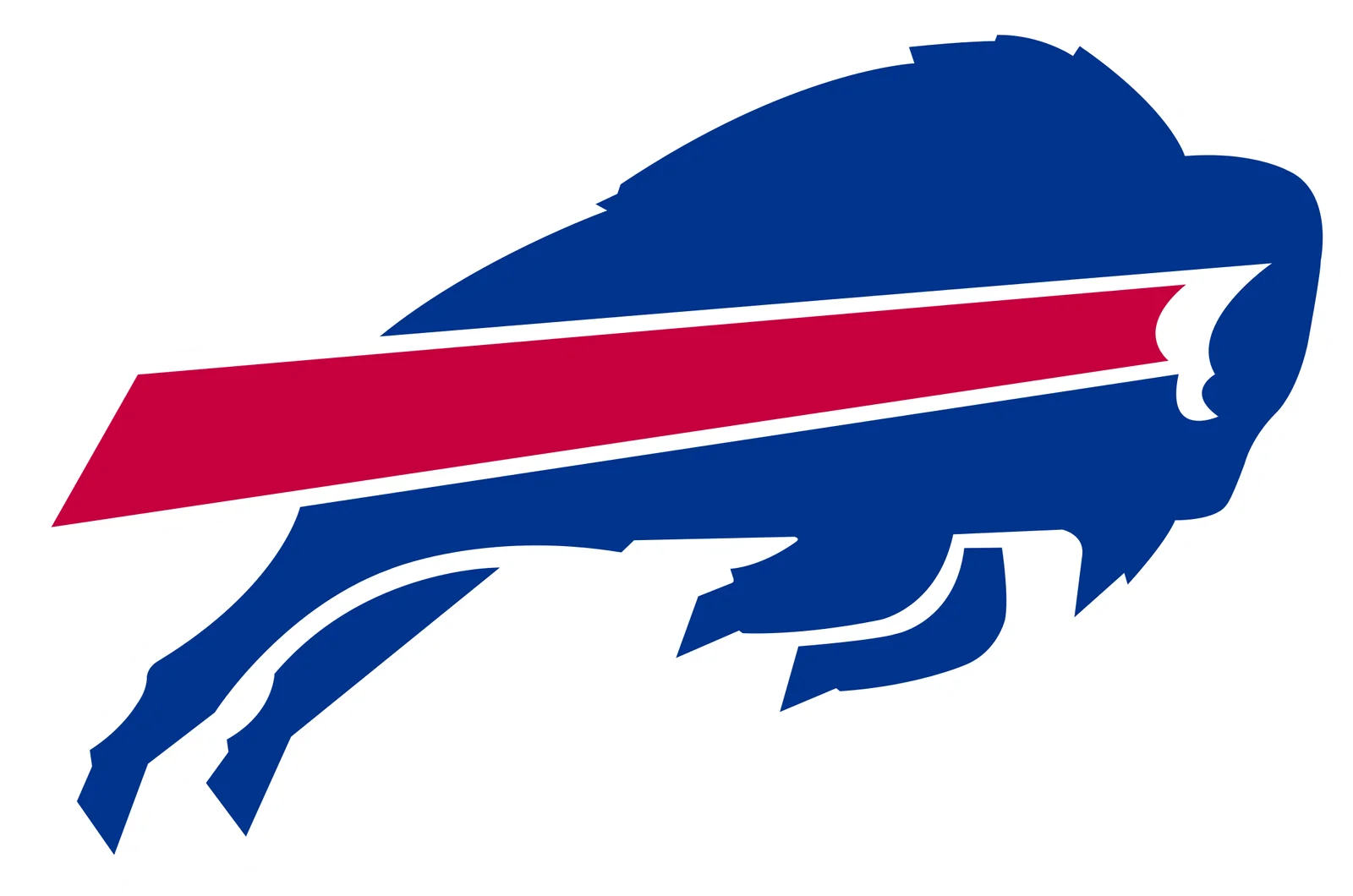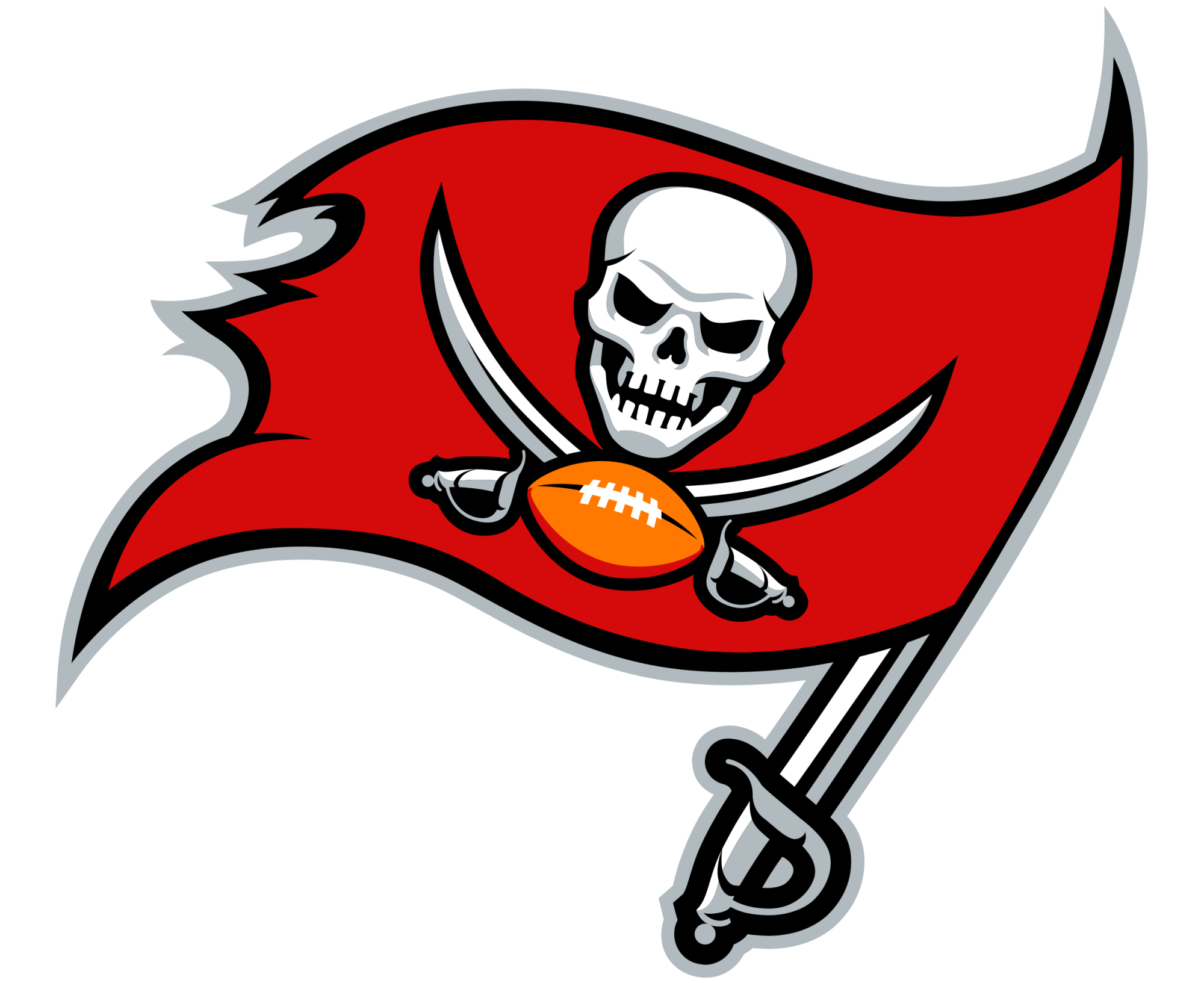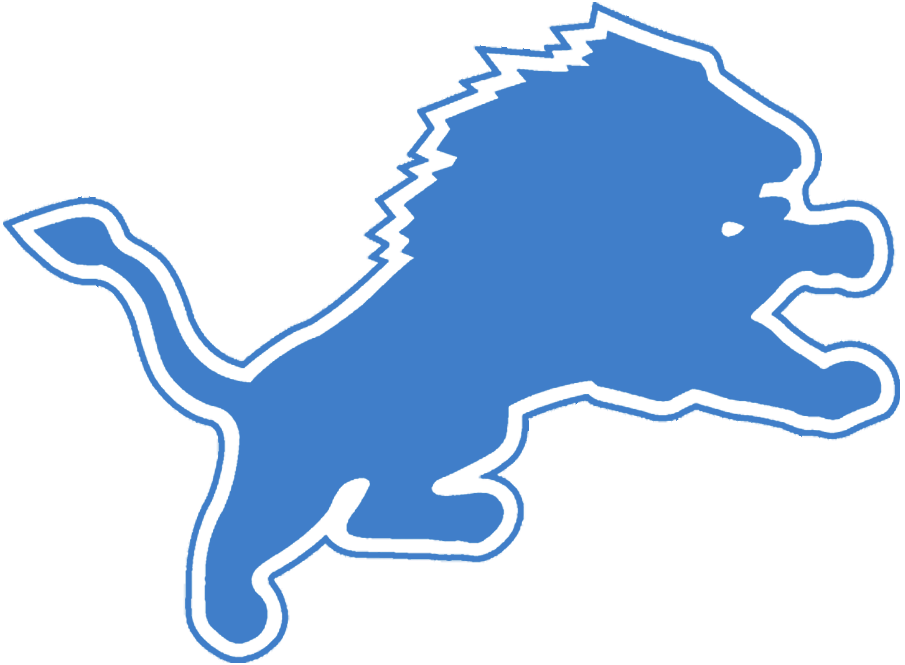Preference Is Creating Potential In Vikings DE Group
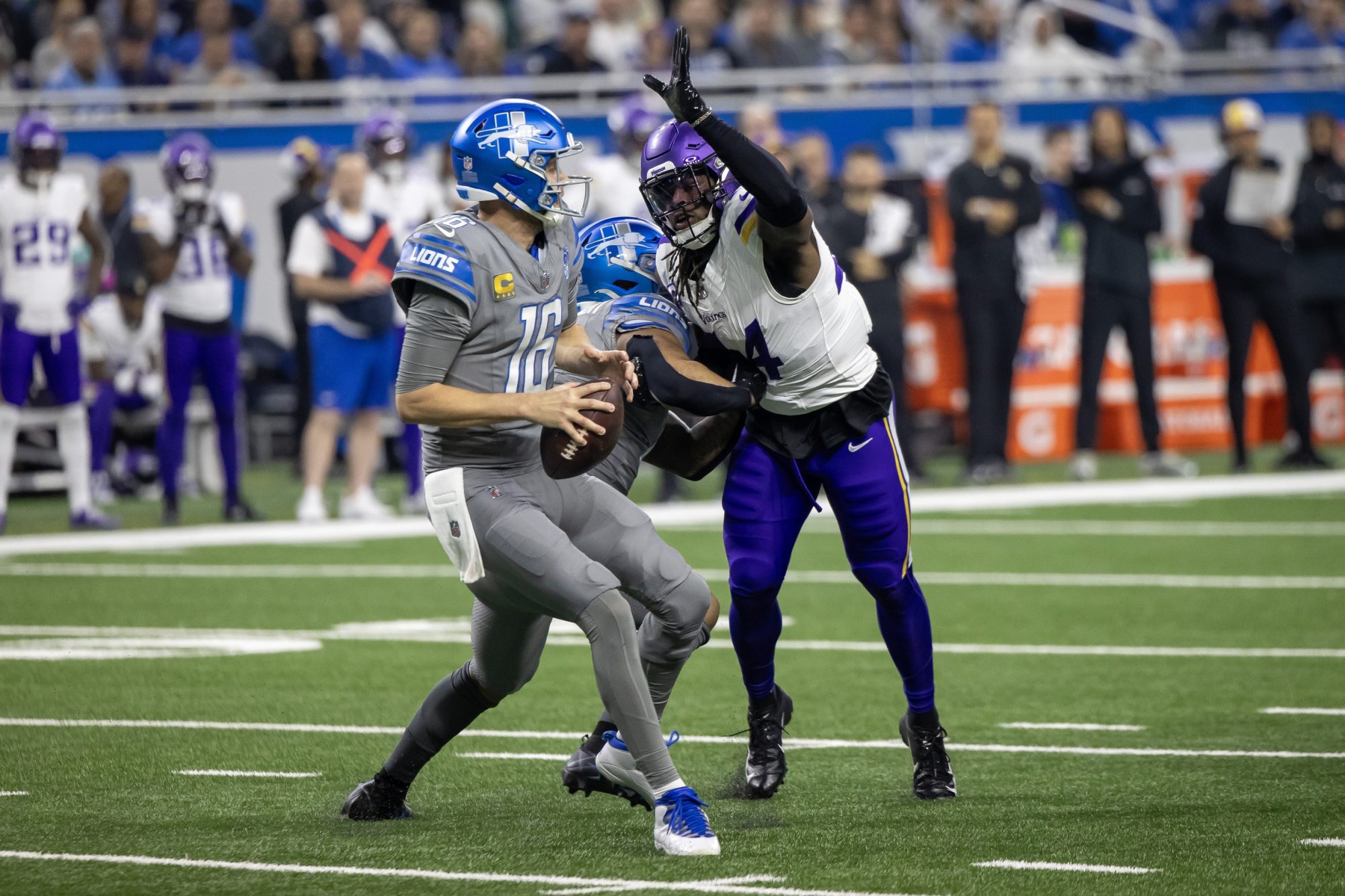
Credit: David Reginek-USA TODAY Sports
There was a day and time when the Minnesota Vikings dominated the edge rusher world. But not since the days of the Purple People Eaters’ edges Carl Eller and Jim Marshall has Skol Nation seen a group with true top-of-the-league potential.
Part of that decades-long gap can be attributed to the NFL’s long history of run-dominated schemes. The late-’70s up through the late-’90s saw a style of football that led to an emphasis on defensive tackles and linebackers up the middle. But the league has taken a dramatic transition to a pass-heavy style over the past 25 years, and with it, the need for skill and depth in the edge positional group has skyrocketed to the top of general managers lists.
Don’t get me wrong, it’s not like Minnesota has been a DE wasteland. The Vikings did select both Ray Edwards and Brian Robison, who combined for 93.0 sacks during their careers, in the fourth round in consecutive years starting in 2007. Then, in 2008, the team traded for Pro Bowler and current curler Jared Allen, who would go on to have a Hall of Fame career as a traditional meat-and-potatoes 4-3 defensive end.
That certainly wasn’t a bad group and they helped push the team to an NFC Championship appearance in 2009. Eversen Griffin would follow in 2010 and then Danielle Hunter in 2015, and while it always seemed like the Vikings had something, it never felt like they had enough. Despite Hunter’s accomplished resume his traits — like Allen’s — were best suited as a down-lineman end in a 4-3 defense due to his incredible size, hands-in-the-dirt stance at the line of scrimmage, and lack of experience in pass coverage.
Brian Flores prefers a different style in his edge rushers. The Vikings defensive coordinator emphasizes arm length over raw size, which generally allows them the versatility to play the run and pass while having the speed to get from sideline to sideline faster. Minnesota is hoping that satiating this preference will give them the potential to shoot to the top of the NFL’s DE arms race.
In the offseason, general manager Kwesi Adofo-Mensah signed free agents Jonathan Greenard and Andrew Van Ginkel while trading up to draft Alabama’s Dallas Turner with the 17th overall pick.
These moves added significant depth and flexibility to a team that only had traditional defensive ends last year in Hunter and D.J. Wonnum, providing any real pressure last season. This year’s DL unit isn’t merely an upgrade over that; it could arguably rise to the heights of the Allen/Edwards/Robison days. Not only does this group have a great combination of talent and athleticism, but they perfectly fit the elaborate schemes Flores deploys, which will maximize those traits.
Van Ginkel finished the 2023 Miami Dolphins season with an exceptional 91.1 defensive PFF grade, which ranked eighth in the league among edge rushers (players with at least 540 snaps), and specifically finished seventh with a pass-rush grade of 90.6. With those same splits in with the Houston Texans, Greenard finished with 78.2 and 68.6 grades respectively which were both 22nd in the league. o note, Van Ginkel also excelled in pass coverage, ranking third in the league with an 87.3 grade.
Conversely, Hunter was 23rd with a 78.0 defensive PFF grade and a 79.1 pass-rush grade (17th). Wonnum ranked 46th and 54th, respectively, out of 59 qualifying players and, 8.0 sacks aside, ultimately lacked the consistency to be a true threat. In the run game, Van Ginkel and Greenard each ranked 16th and 30th respectively, which outclasses the group of Hunter (52nd) and Wonnum (27th).
The analytics depict that in going from Hunter/Wonnum to Van Ginkel/Greenard, the Vikings are upgrading in talent that also happens to fit Flores’ scheme better. Adding Dallas Turner to the mix only enhances the talent in the edge rusher room, and he most likely will be used early and often whenever Flores deploys three edges on the field.
Add UDFA players such as Bo Richter, Andre Carter II, and Gabriel Murphy (unfortunately injured before the first preseason game), who each have shown flashes and have chances to make the roster. Richter was credited with two sacks in the preseason and has shown the explosiveness that teams will surely target as the league approaches final cutdown day.
Despite being listed as a safety, Josh Metellus technically could be considered more of a hybrid edge rusher, as he played 46% of his league-leading 1,257 total snaps in the box or defensive line last season compared to just 55 snaps (4%) at either traditional safety positions.
His box presence resulted in a 25% pass-rush win rate which is higher than league leader, Micah Parsons, at 20.1% (albeit in 394 fewer pass-rush snaps for Metellus). Flores will look to capitalize on his positional flexibility better as it’s been reported that he will utilize Metellus more in the box this season.
Assuming health, the 2024 Vikings have an edge rusher group that has the makings of a unit that rivals some of the best in the league. If they live up to this potential, Flores will be empowered to utilize his players to play schematic chess, not checkers. Despite some tumultuous years lately with the lack of depth in the edge room, this group is primed to relive the glory days of Purple People Eating and “Calf-Roping” after each sack.
Up Next

